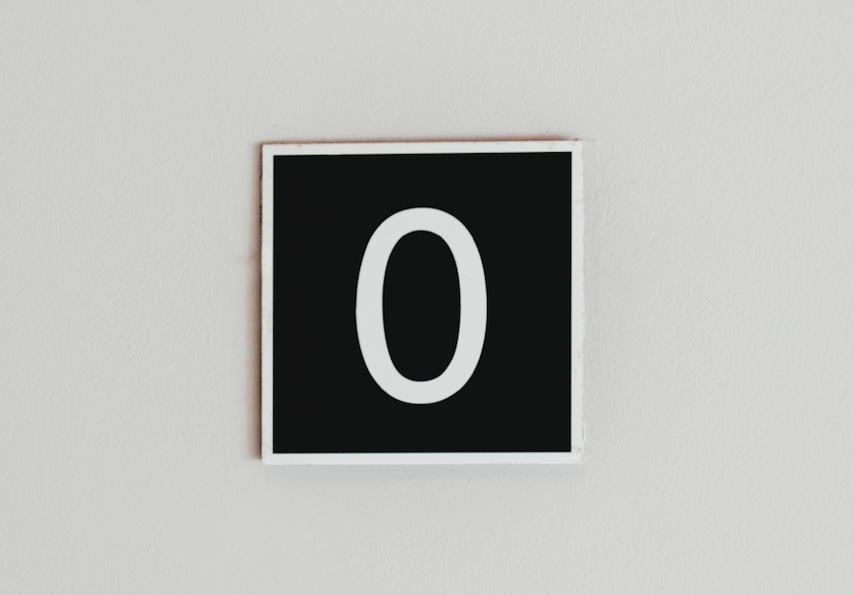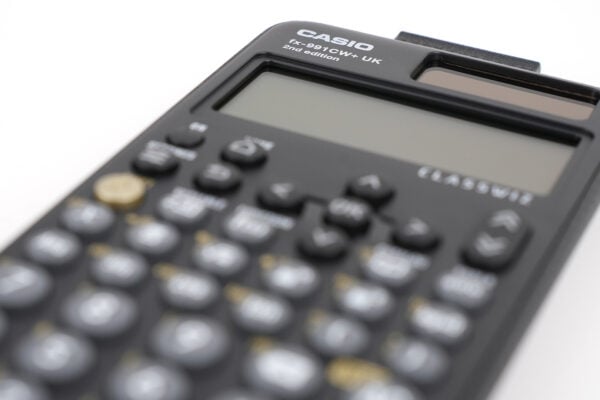A Brief History of Numbers: How 0-9 Were Invented

Have you ever wondered how numbers first came about?
Using only ten symbols (0 – 9), we can write any rational number imaginable. But why do we use these ten symbols? And why is there ten of them?
Strange as it seems to us now, there was a time when numbers, as we know them, simply weren’t invented.
How early humans kept count
Early humans in the Paleolithic age likely counted animals and other everyday objects by carving tally marks into cave walls, bones, wood or stone. Each tally mark stood for one and each fifth mark was scored through to help keep track.
This system is fine for small numbers, but it doesn’t really work with large numbers – try writing 27,890 using tally marks.

Symbols for numbers developed with early civilizations
As early civilisations developed, they came up with different ways of writing down numbers. Many of these systems, including Greek, Egyptian and Hebrew numerals, were essentially extensions of tally marks. The used a range of different symbols to represent larger values. For example, in the Ancient Egyptian system, a coiled rope represented 100 and a water lily represented 1000.
Each symbol was repeated as many times as necessary and all were added together, so under the Ancient Egyptian system, 300 would be shown as three coiled ropes.
But even with this system, it was still a cumbersome method for writing large numbers.
Positional notation: An easier way to write down large numbers
Early number systems all have one thing in common. They require someone to write down many symbols to record a single number and create new symbols for each larger number.
A positional system allows you to reuse the same symbols, by assigning the symbols different values based on their position in the sequence.
Several civilisations developed positional notation independently, including the Babylonians, the Chinese and the Aztecs.
By the 7th Century, Indian mathematicians had perfected a decimal (or base ten) positional system, which could represent any number with only ten unique symbols. Over the next few centuries, Arab merchants, scholars and conquerors began to spread it into Europe.
A key breakthrough of this particular system (which was also independently developed by the Mayans) was the number 0. Older positional notation systems, which didn’t have 0, would leave a blank in its place, making it hard to distinguish between 63 and 603 or 12 and 120. Having and using 0 helps make writing down numbers clearer and easier for everyone to understand.
Positional notation doesn’t have to be based around a decimal or base 10 system. The Babylonians invented a base 60 system, which is still the foundation of the way we now tell time: each day is made up of 60 minute hours and 60 second minutes.

Modern ways of managing numbers and complex calculations
Today, we mostly take our number system for granted.
Modern students are no longer worrying about the best way to record numbers. Instead, they build skills to check the reasonableness of answers and must be familiar with a wide range of mathematical knowledge to know that the answer is correct.



